Should an extra climb be added to Milan-San Remo?
Fondriest in favour, Bettini against, Moser calls for smaller peloton
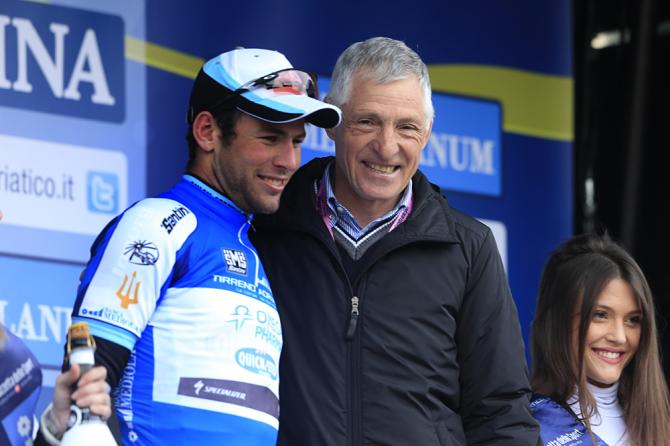
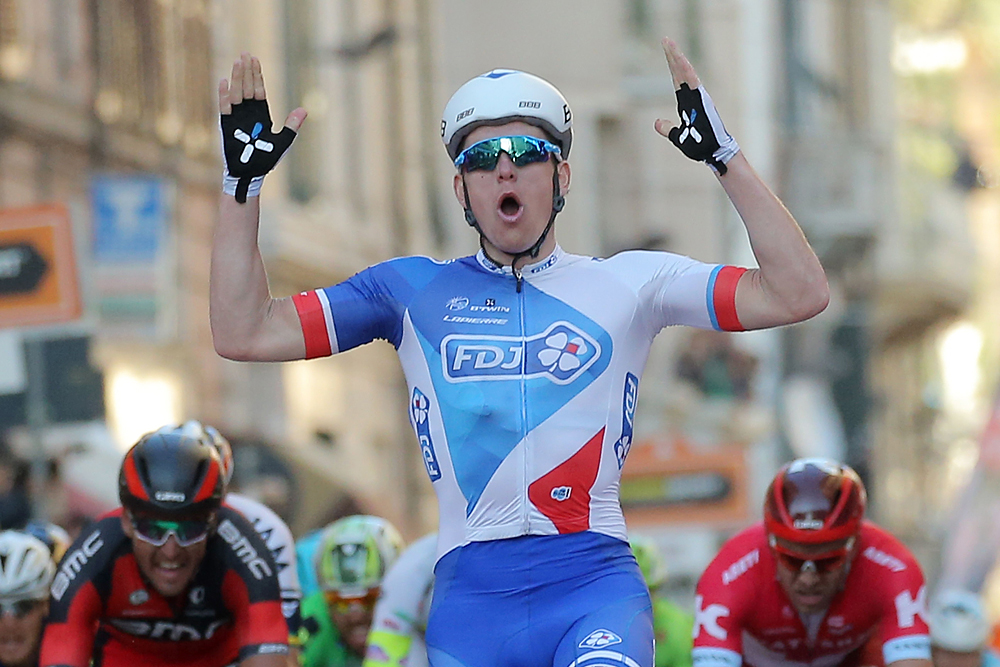
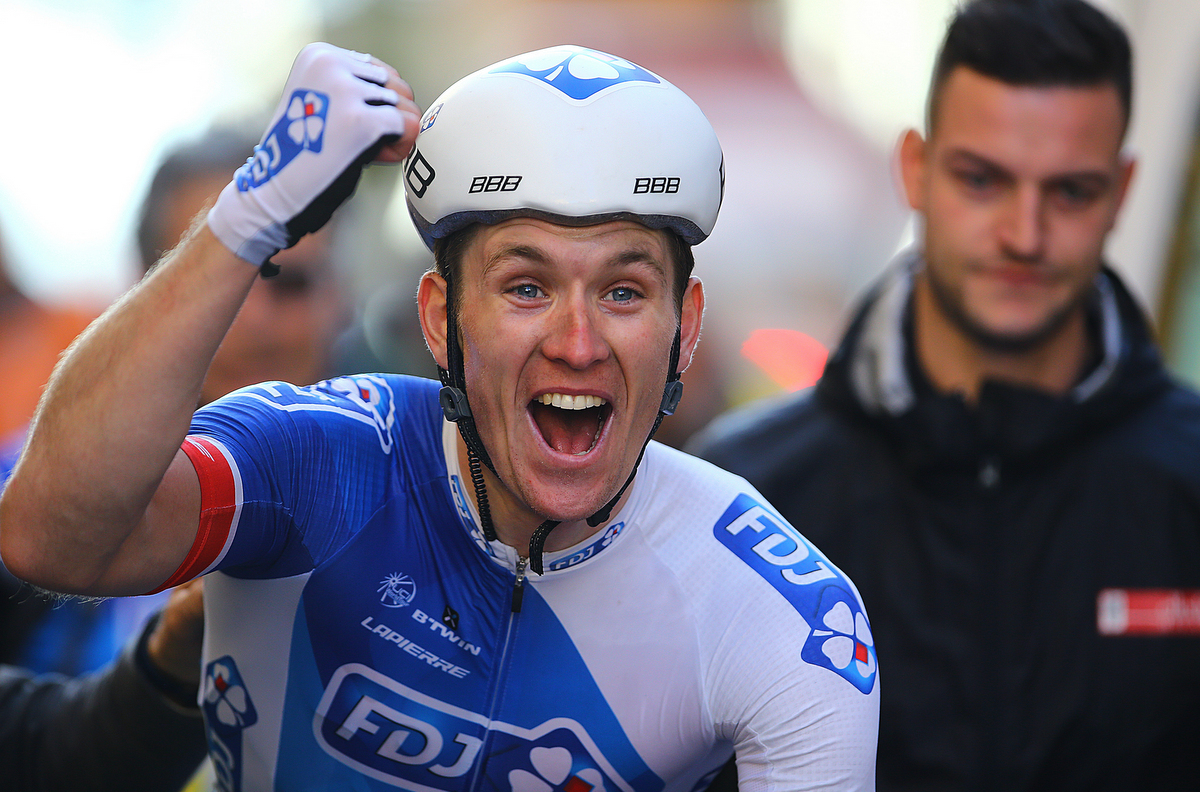
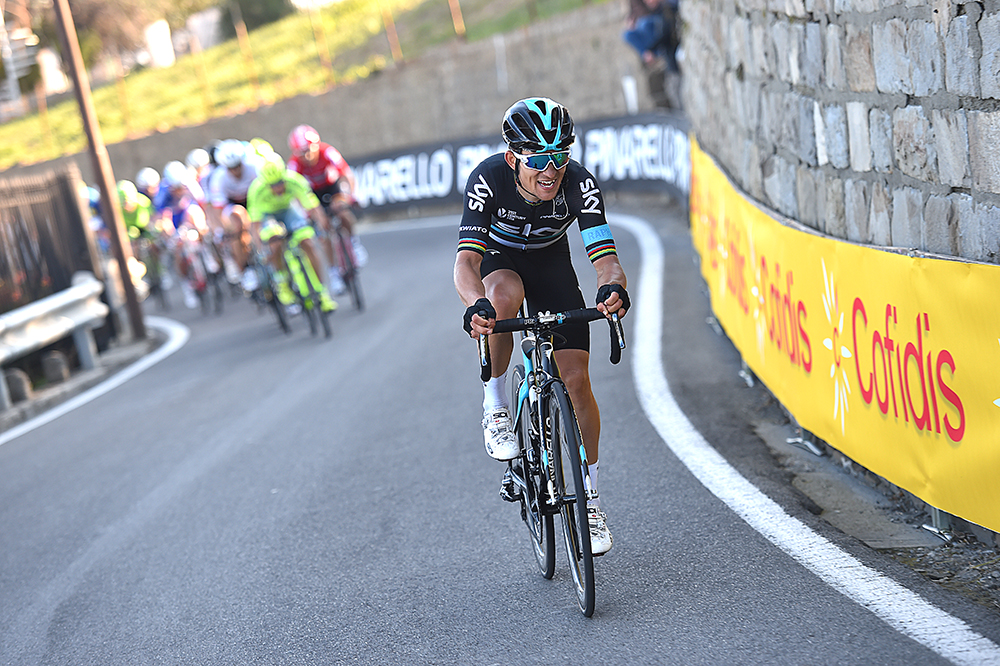
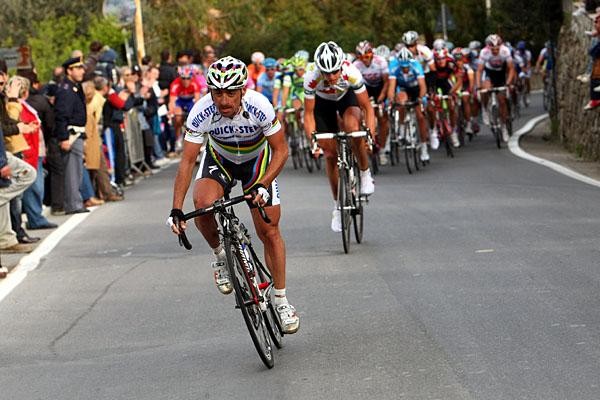
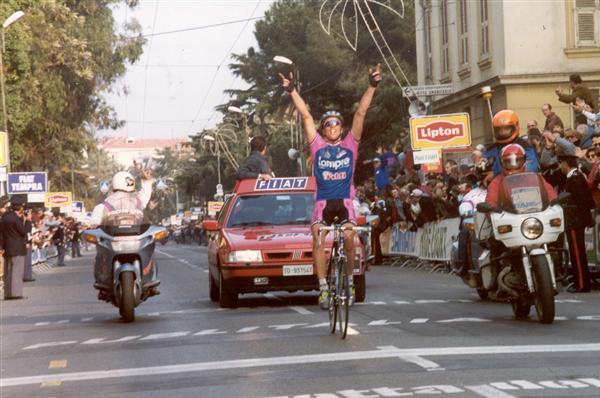
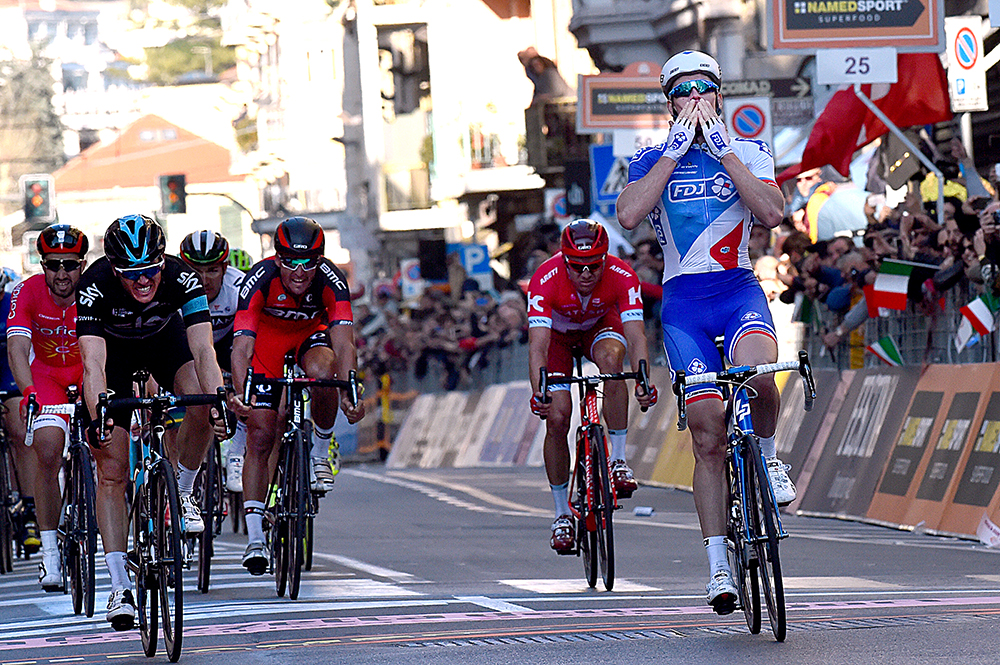
Yet another sprint finish at Milan-San Remo and the lack of success by Italian riders has sparked a debate in today’s Gazzetta dello Sport, with former winner Francesco Moser, Maurizio Fondriest taking sides in a debate about the need to add an extra climb.
An Italian has not won Milan-San Remo since Filippo Pozzato jumped away in the finale to win on the Via Roma in 2006. This year Vincenzo Nibali neglected to make an attack on the Cipressa or Poggio and the younger generation of Italian sprinters such as Giacomo Nizzolo and Niccolo Bonifazio failed to leave a mark. Pozzato was again best Italian; finishing eighth in the final sprint, while Southeast teammate Andrea Fedi made a solo attack on the Poggio but was swept up by the big-name riders well before the top.
The success of France’s Arnaud Demare further hurt Italian pride, sparking calls for an extra climb along the route to tip the race away from the sprinters. The Poggio was added by race organiser RCS Sport in 1960 after 89 riders fought for victory in 1959 and Miguel Poblet won the sprint. That helped the attackers and reduced the size of the finishing group but the sprinters soon began to dominate again.
In 1982 the Cipressa was added and had a similar effect but since then the speed of racing, bike technology and training methods have given the sprinters the upper hand once again. RCS Sport tried to introduce the Pompeiana climb in 2014 but a landslide stopped the move and RCS Sport has stuck to a traditional Turchino, Cipressa and Poggio route.
Moser, Fondriest and Bettini weigh in
Gazzetta analysed the number of riders in the front group that fought for victory in each edition of Milan-San Remo to highlight the impact of a new climb on the chances of the sprinters. Fondriest is in favour of adding another climb but Moser and Bettini are against the idea. Moser argued that a smaller peloton could make a bigger difference.
“I don’t think we should play with Milan-San Remo by adding another climb. It’s the first big, big race of the year and it’s good that it’s difficult but also open to a lot of riders,” Moser suggested.
Get The Leadout Newsletter
The latest race content, interviews, features, reviews and expert buying guides, direct to your inbox!
“To make the race less predictable, they don’t need to change the route but they could reduce the size of the teams. With six riders the strongest teams wouldn’t be able to control the race and so it’s be more exciting. A smaller peloton could also reduce the number of crashes, there were a lot on Saturday.”
Fondriest had a different opinion and called for an extra climb to be added before or after the Cipressa. That would be easy to do, considering the number of towns and villages along the Ligurian coast.
“Milan-San Remo has to remain the least difficult of the Monuments but we can’t ignore that cycling has evolved," the 1993 winner argued.
“Lets add another climb before the Cipressa or between the Cipressa and the Poggio, to ‘get rid’ of the pure sprinters but not the ones who can climb a little.”
Fondriest also wants to move the finish closer to the Poggio, perhaps to the Corso Cavallotti on the outskirts of San Remo.
“When I won the finish was much nearer the Poggio and it would be an incentive for the attackers,” Fondriest suggested. “Perhaps Kwiatkowski would have won this year.”
Paolo Bettini won in 2003 after going clear in an attack on the Poggio. He recently became the head of the Italian Lega Pro technical commission that aims to modernise Italian professional cycling.
“There’s no comparison to the past because so much has changed: the equipment, the training and the levels of fitness. Adding a climb is not needed and would only follow the general trend to make races harder,” Bettini argued.
“The great thing about Milan-San Remo is that you never know who will win. Everybody in the front group thinks they can win but you never know what’s going to happen until the last 50 metres. That’s what makes Milan-San Remo so fascinating.”
Listen to our special Milan-San Remo debrief podcast and let us know who you think is the best Classics star in the comments below.